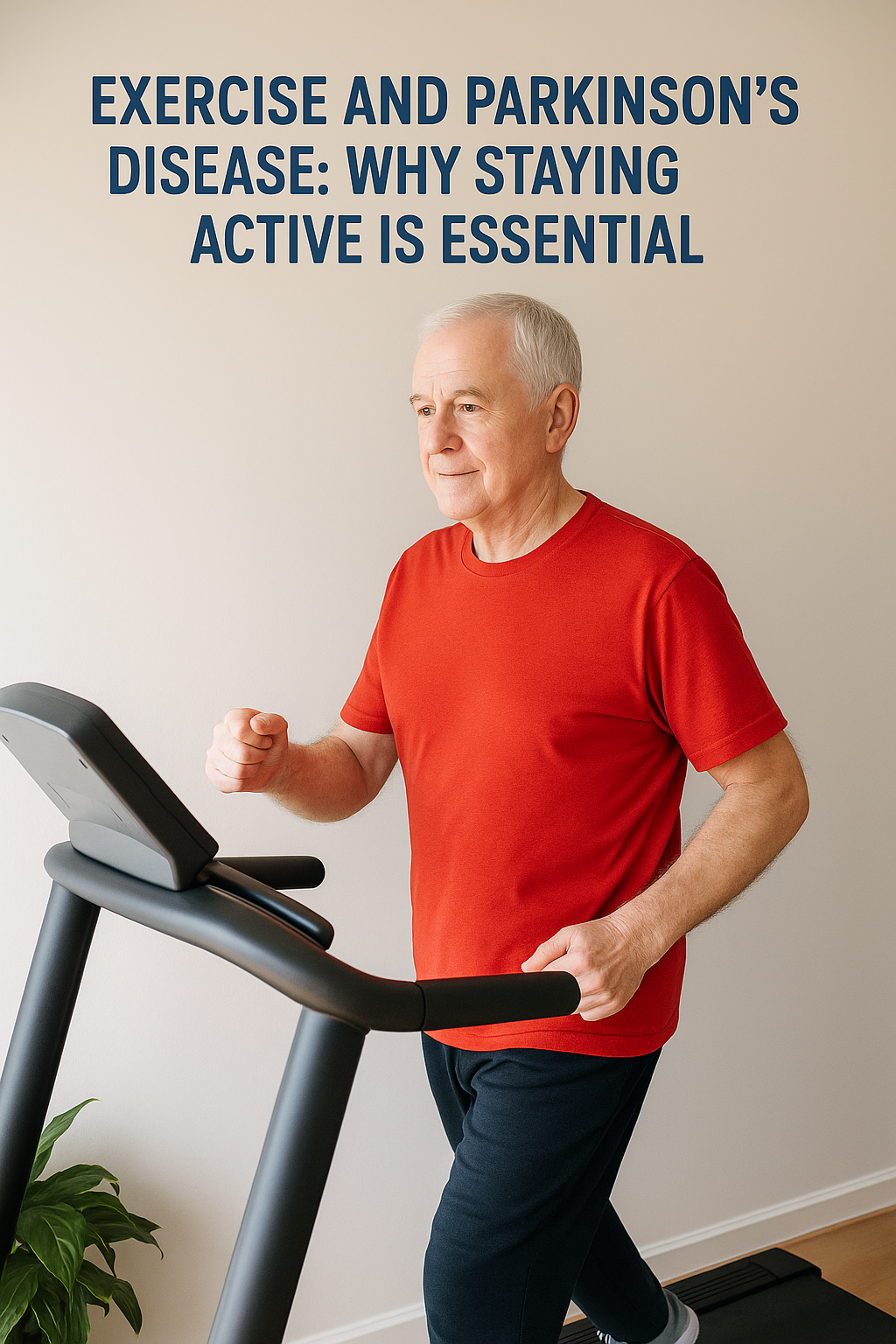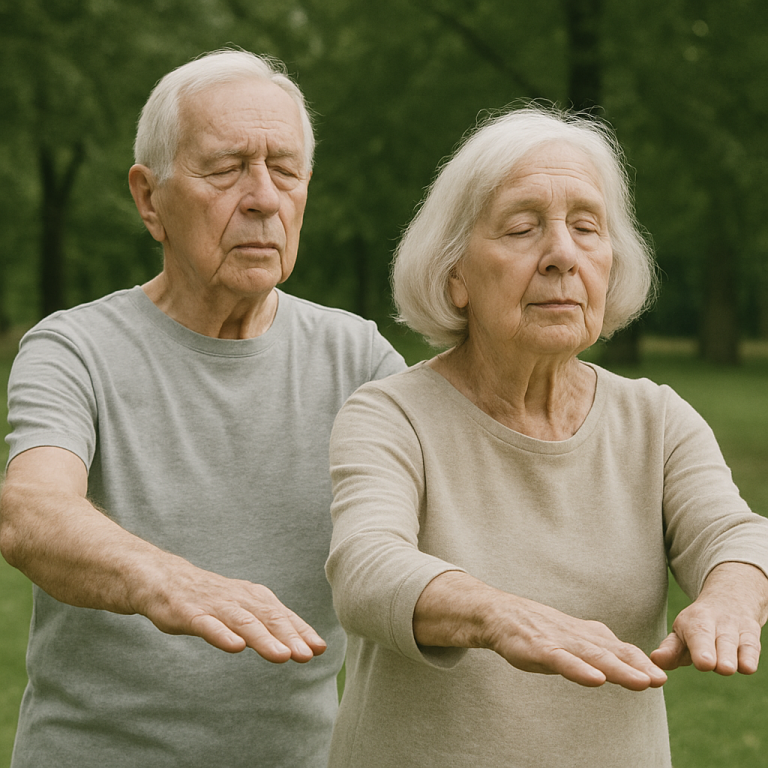Why Exercise Matters for Parkinson’s Disease
Parkinson’s disease (PD) is a progressive neurological condition that affects movement, balance, and daily activities. Alongside medication, exercise for Parkinson’s is now recognised as one of the most powerful ways to manage symptoms, slow decline, and maintain independence.
Research shows that regular physical activity for Parkinson’s can:
-
Improve mobility, posture, and balance
-
Reduce the risk of falls
-
Boost strength and flexibility
-
Improve mood, sleep, and brain health
Key Benefits of Exercise for Parkinson’s
1. Mobility and Balance
Targeted exercises, such as walking, cycling, and balance training, improve stability and reduce fall risk.
2. Strength and Flexibility
Resistance training builds muscle strength needed for everyday tasks like standing up, climbing stairs, and carrying objects. Stretching reduces stiffness and improves range of motion.
3. Brain Health and Disease Progression
Studies suggest high-intensity aerobic workouts may protect dopamine-producing neurons, slowing Parkinson’s progression.
4. Mental Health and Quality of Life
Exercise reduces depression and anxiety, while improving sleep, energy, and overall wellbeing.
Best Types of Exercise for Parkinson’s
| Exercise Type | Benefits | Recommendation |
|---|---|---|
| Aerobic (walking, cycling, swimming) | Improves heart health, motor symptoms, endurance | 3x per week, 30+ minutes |
| Strength / Resistance Training | Builds muscle, supports posture and mobility | 2–3x per week |
| Balance & Agility Work | Reduces falls, improves coordination | 2–3x per week |
| Flexibility / Stretching | Reduces rigidity, improves range of motion | Daily or at least 2–3x per week |
Practical Tips to Get Started
-
Start small: Gentle walks, light stretches, or short sessions.
-
Be consistent: Regular routines provide long-term benefits.
-
Use cues: Music, counting, or verbal prompts can improve movement.
-
Exercise during “on” times: When medication is working best.
-
Stay safe: Work with a Parkinson’s specialist trainer or physiotherapist.
-
Enjoy it: Choose activities you like — dance, tai chi, group classes, or walking with friends.
Why Fitness Professionals Play a Key Role
Working with an experienced Parkinson’s fitness coach can:
-
Tailor workouts to your stage of Parkinson’s
-
Ensure safe progression and minimise injury risk
-
Boost confidence and motivation
-
Provide accountability for long-term adherence
Exercise is not just an optional extra. It is a core part of Parkinson’s treatment. Whether through aerobic training, strength work, balance drills, or stretching, regular activity supports physical, mental, and emotional health.
By committing to a structured exercise plan, people living with Parkinson’s can stay stronger, more independent, and improve their quality of life.
If you or a loved one has Parkinson’s, now is the time to explore specialist exercise for Parkinson’s disease.
As a Personal Trainer who has undertaken extensive professional development to work with clients suffering from Parkinsons, I have seen firsthand the benefits to clients of having a regular exercise routine.



